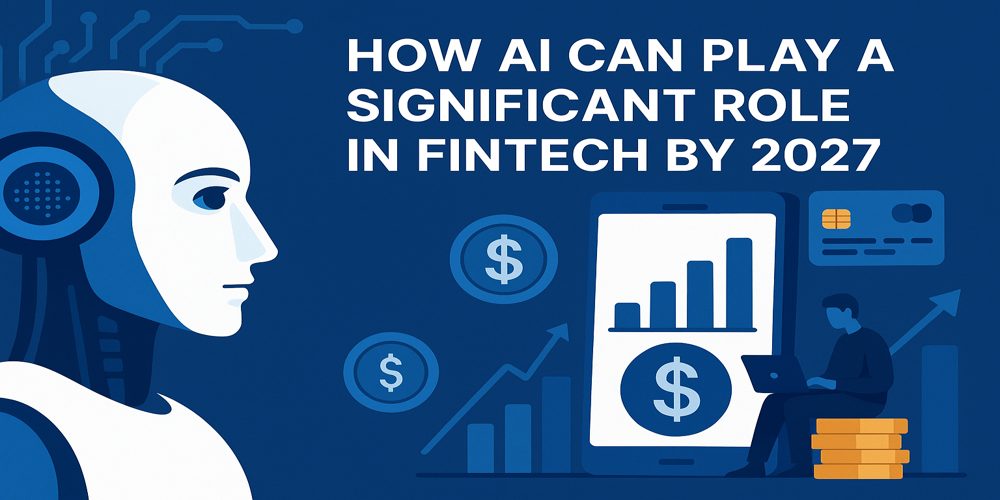Is it the Return of Teaser Loans?
The Reserve Bank of India has hiked the Cash Reserve Ratio by 0.75% to 5.75% (as against the existing 5%) in the third quarter review of monetary policy announced today which will be implemented in two stages. The Central Bank has left unchanged the Reverse Repo, Repo, and Bank rate at 3.25%, 4.75%, and 6% respectively.
So what does all this translate into for customers like you and me?
For what is CRR and how it affects interest rates, please see box.
What is Cash Reserve Ratio (CRR)? Banks are mandated to keep certain percentage (now increased to 5.75%) of their deposits with RBI. This is the Cash reserve and the %age required to be kept as a cash reserve is called Cash reserve ratio or CRR. Thus, an increase in the CRR leads to banks being forced to keep more money with RBI reducing the funds available for lending. As less money is available to the bank to lend there is bias towards increase in rates as per the normal laws of supply and demand. So an increase in CRR will normally result in an increase in interest rates (and vice versa a reduction in CRR will normally result in a reduction in interest rates).
The quantum of the increase is at 0.75 % was a tad higher than the market consensus of around 0.50%. RBI has increased the target growth for 2009-10 from 6% to 7.5% for the year, and have clearly indicated that their policies will now shift from ‘managing the crisis’ to ‘managing the recovery’, and thus reverse some of the earlier steps undertaken to provide liquidity in the market. They have also indicated that the “recovery is getting established and inflation fears are coming true”. In fact we can expect more such action including increase in Repo rates, Bank rates Reverse repo rates. (See box for what these rates are and their impact.)
What is Repo Rate?
The repo rate is the rate at which RBI lends short-term money to banks under a specific secured mechanism. When the liquidity in the markets is high, the RBI increases the rate at which it lends to the banks to make it more expensive for the banks to borrow money from RBI. Thus banks have more expensive money with them to lend to consumers and have in turn to increase their own rates. Thus increase in repo rates have a bearing on other interest rates like your bank FD rates, home loan rates, and so on.
What is Reverse Repo Rate?
It is a mechanism by which banks can park short-term money with RBI. The rate of interest that the bank gets from RBI for such money thus becomes the floor rate for all interest rates at this return is guaranteed to the banks. When this rate goes up naturally the overall interest rate will tend to increase as well.
How are consumers impacted with these economic moves?
If you strip away the conservative language favoured by all regulators, it clearly means that interest rates are on their way up as far as the regulator is concerned, and hence we will definitely see an increase in overall interest rate during this year. But the quantum of the increase will depend on how inflation shapes up, and that in turn will depend on a host of factors such as demand for credit, monsoon, etc.
Still the question remains how does it affect you and me?
For savers and investors: If you are thinking of depositing monies with banks, then it is advisable not to get into long term deposits. Instead of making a 5 – year deposit you should make a 6/12 month deposit, as it is very likely that when the renewal comes up then you will be in a position to get far better rates.
For new loan consumers:
If we look from a borrower’s perspective, interest rates may not get affected immediately (in the next 45 days or so) but clearly there will be an increase in interest rates the near future. So if you were going to buy a home or a car in the near future, then it makes sense for you to prepone your borrowings immediately and go in for the current teaser rates into the safety of fixed rates for at least 2-3 years. Teaser rates for a year or so are available in car loans as well and customers should look at that also.
For existing loan consumers:
Well if you were smart enough to have taken a teaser loan in the last 6-9 months then just wait and watch since you have already made the right move. But if you have borrowed on a regular floating rate, then you should immediately shift to a teaser rate loan. Do it in next two – three weeks itself before interest rates start to harden or the teaser rate schemes are withdrawn. I repeat – do it now!!! If necessary the shift can be to the same bank from their regular floating rate loan to a teaser rate loan.
Sure the teaser rate loan only secures you for the medium term (the first 2 -3 years)
But it is better than nothing. To quote John Keynes “ ….in the long run all of us are dead….!!!








